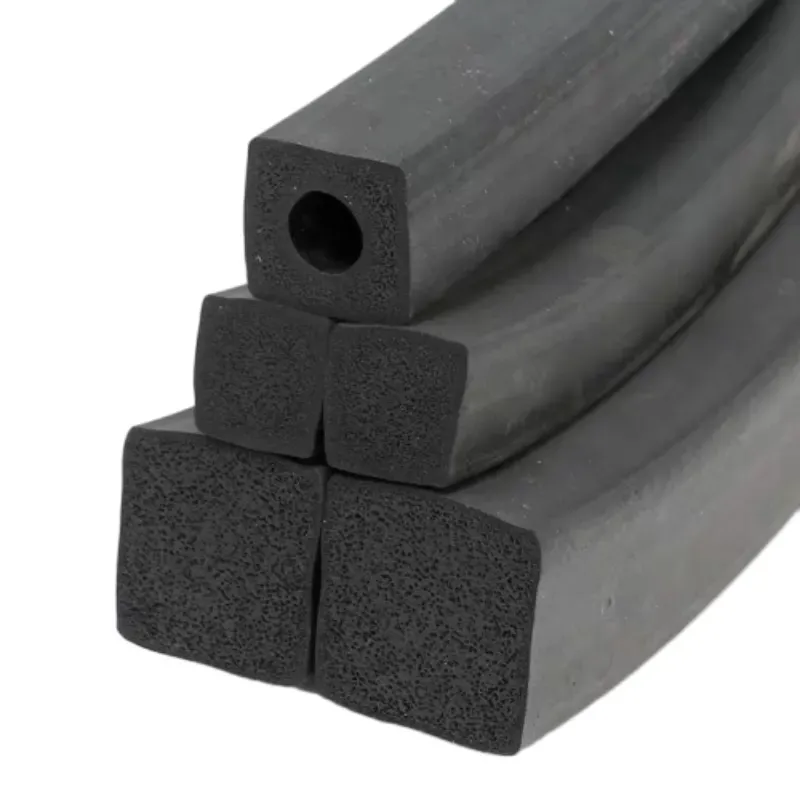keep cold air from coming under door
Keeping Cold Air from Coming Under Your Door
As the seasons change and winter approaches, one of the most pressing concerns for homeowners is maintaining a comfortable indoor environment. Among the various issues related to temperature control, one of the significant culprits is cold air seeping under doors. This not only makes your home less comfortable but also leads to increased heating costs. Here, we explore effective strategies to keep cold air from entering your home through the gaps under your doors.
Understanding the Problem
Gaps under doors can arise from poor installation, settling of the house, or natural wear and tear over time. These gaps create openings for drafts, which can significantly reduce the warmth of your living space. Moreover, when cold air enters, it forces your heating system to work harder, leading to higher energy bills. Thus, addressing this issue is crucial for both comfort and cost savings.
Simple Solutions
1. Door Sweeps One of the most effective and straightforward solutions to prevent cold air from coming under your door is installing a door sweep. This is a strip of material, often made of rubber or brush, that attaches to the bottom of the door. Door sweeps are designed to create a seal between the door and the floor, thereby blocking any drafts. They are easy to install and can be found at most hardware stores.
2. Weather Stripping Another effective method is to apply weather stripping around the edges of the door. This adhesive strip compresses when the door is closed, sealing any gaps that may allow cold air to enter. Weather stripping comes in various materials, including foam, felt, and vinyl, allowing you to choose the option that best fits your needs and budget.
keep cold air from coming under door

3. Draft Stoppers For a quick and temporary fix, consider using a draft stopper—also known as a draft snake. These are fabric tubes filled with materials like foam or sand, designed to be placed at the base of the door. While not a permanent solution, they are inexpensive and can be easily removed when not needed.
4. Thresholds If the gap is particularly large, installing a door threshold can help. This is a piece of material that sits at the bottom of the door frame, bridging the gap between the door and the floor. A properly fitted threshold can significantly reduce drafts while enhancing the overall appearance of your entryway.
5. Regular Maintenance Ensure that your doors are properly maintained to minimize wear and tear. Check for signs of damage or warping and address them promptly. If the door itself is misaligned, adjustments may be necessary. Tightening hinges or replacing worn-out hardware can make a noticeable difference in how well your door seals against drafts.
Long-Term Considerations
For those looking for a more comprehensive solution, consider investing in high-quality, energy-efficient doors. These are designed with insulation in mind and come with built-in sealing features that minimize drafts. While the initial cost may be higher, the long-term savings on energy bills and the increased comfort will often outweigh the expense.
Conclusion
Keeping cold air from coming under your door is essential for maintaining a comfortable and energy-efficient home. By implementing simple solutions like door sweeps and weather stripping, or investing in better insulation options, you can significantly reduce drafts and improve your home’s warmth throughout the winter months. Remember, a little effort in weatherproofing your home can lead to significant cost savings and enhanced comfort for you and your family. As winter approaches, take proactive steps to ensure your home remains a warm and inviting refuge.
-
Under Door Draught Stopper: Essential ProtectionNewsJul.31,2025
-
Garage Door Seal and Weatherstrips for ProtectionNewsJul.31,2025
-
Edge Banding Tape for Perfect EdgesNewsJul.31,2025
-
Table Corner Guards and Wall Corner ProtectorsNewsJul.31,2025
-
Stair Nose Edging Trim and Tile Stair SolutionsNewsJul.31,2025
-
Truck Bed Rubber Mats for Pickup BedsNewsJul.31,2025
-
Window Weather Stripping for Noise ReductionNewsJul.29,2025